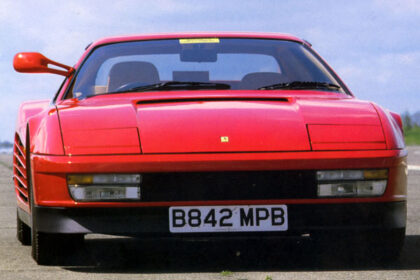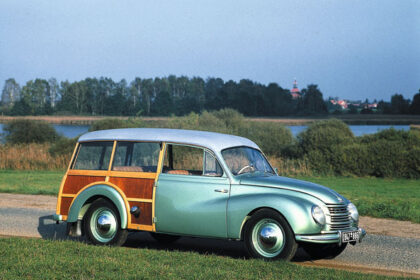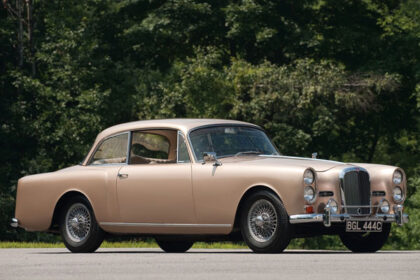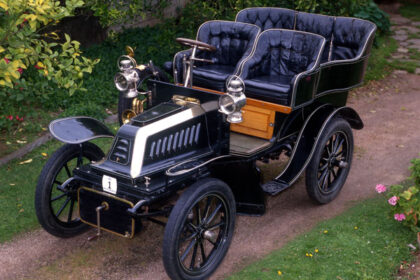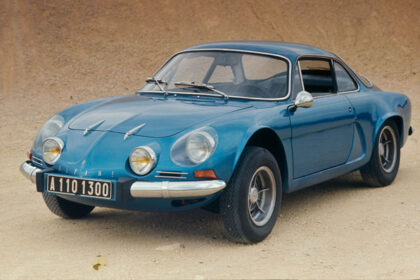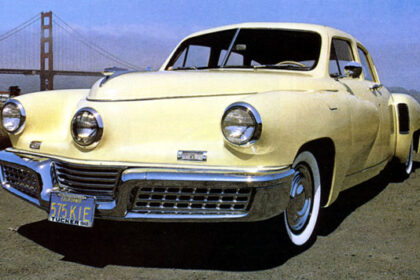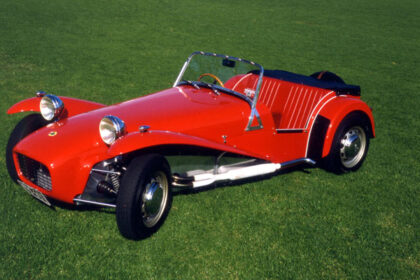BUICK ROADMASTER
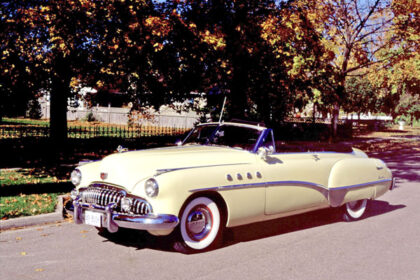
Even though 1957 was the year that Buick celebrated the building of their nine-millionth car, sales were gradually slipping and the marque could only achieve fourth position in the industry sales chart. To rectify this situation the Buick division of General Motors expended considerable funds in improving Buick styling as it was considered ‘old fashioned’ when buyers compared their offerings with the opposition’s range. The Buick Roadmaster for 1957 was a large car – 5.46 metres long and 1.83 metres wide. It was powered by a 5.9-litre V8 engine with… Read more




